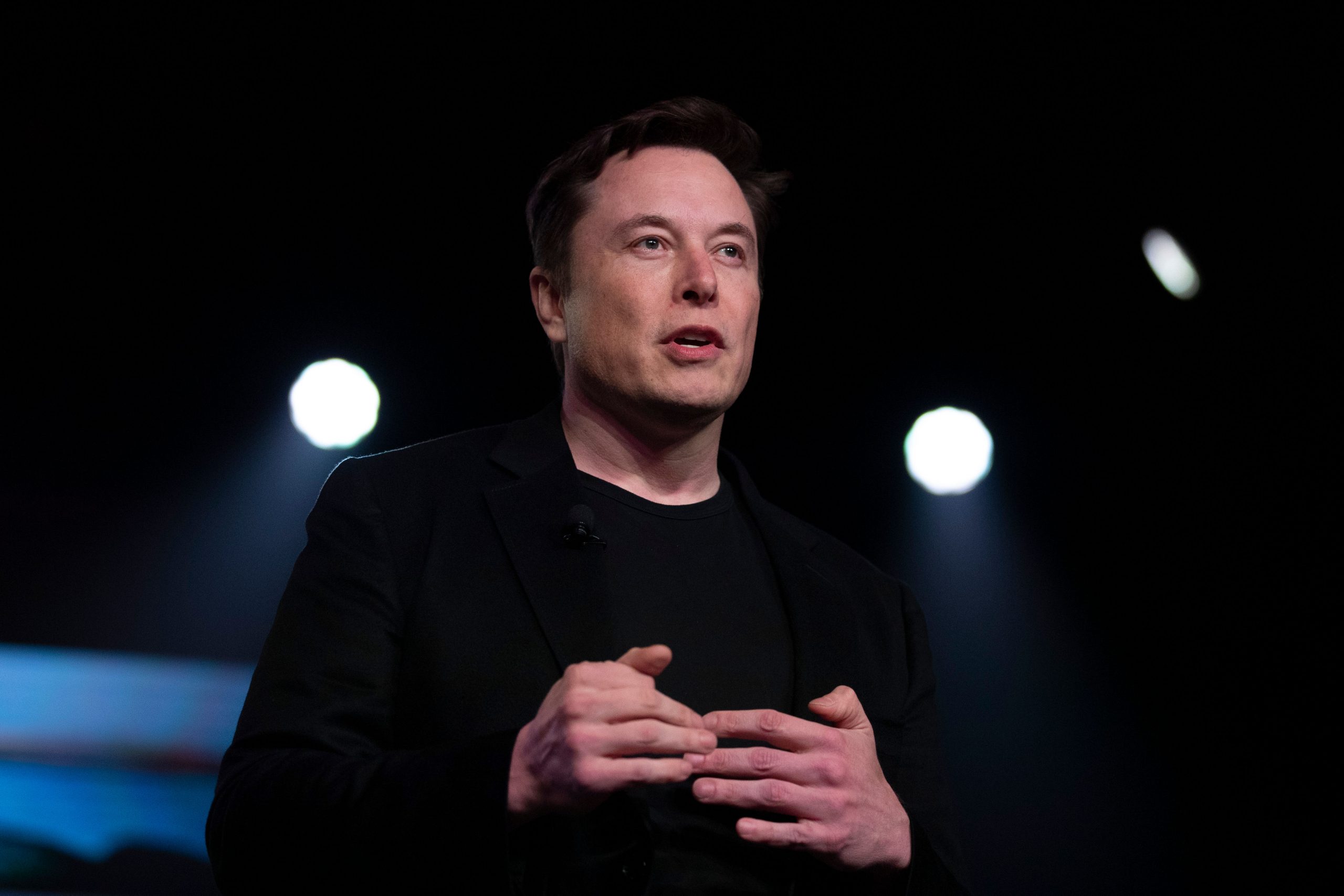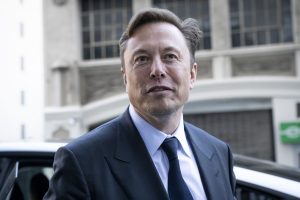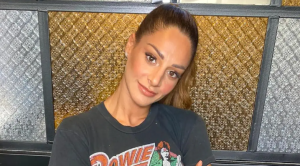Elon Musk, SpaceX and Tesla CEO, recently closed a $44 billion deal to acquire Twitter, and take the social media company private. However, the entrepreneur then announced the deal was on hold until Twitter clarified the number of bots on the platform.
Musk stated, Tuesday, “20% fake/spam accounts, while 4 times what Twitter claims, could be *much* higher. My offer was based on Twitter’s SEC filings being accurate. Yesterday, Twitter’s CEO publicly refused to show proof of <5%. This deal cannot move forward until he does.”
Initially, Musk had noted the issue of bots and wanted to conduct a sample of 100 users to see how prevalent the issue was, but had noted his commitment to acquiring Twitter.
Twitter CEO Parag Agrawal, who took over from co-founder Jack Dorsey, took the opportunity to clear the air.
He began his thread, saying “First, let me state the obvious: spam harms the experience for real people on Twitter, and therefore can harm our business. As such, we are strongly incentivized to detect and remove as much spam as we possibly can, every single day. Anyone who suggests otherwise is just wrong.”
Also Read | Musk’s Twitter and a socialism-capitalism debate: An employee speaks out
The Twitter head continued, “Next, spam isn’t just ‘binary’ (human / not human). The most advanced spam campaigns use combinations of coordinated humans + automation. They also compromise real accounts, and then use them to advance their campaign. So – they are sophisticated and hard to catch.”
Agrawal went on to add some final context, saying, “fighting spam is incredibly *dynamic*. The adversaries, their goals, and tactics evolve constantly – often in response to our work! You can’t build a set of rules to detect spam today, and hope they will still work tomorrow. They will not.”
The Twitter CEO also listed steps taken by the company to tackle bot issues, and why addressing the situation might be more difficult than it is made out to be.
He said, “We suspend over half a million spam accounts every day, usually before any of you even see them on Twitter. We also lock millions of accounts each week that we suspect may be spam – if they can’t pass human verification challenges (captchas, phone verification, etc)”, before noting the challenge was, “many accounts which look fake superficially – are actually real people. And some of the spam accounts which are actually the most dangerous – and cause the most harm to our users – can look totally legitimate on the surface.”
Also Read | Jeff Bezos, Joe Biden engage in online spat over inflation, taxes
Agrawal went on to speak of the steps taken by the team, highlighting, “Our team updates our systems and rules constantly to remove as much spam as possible, without inadvertently suspending real people or adding unnecessary friction for real people when they use Twitter: none of us want to solve a captcha every time we use Twitter.”
He also admitted that the Twitter system of spam detection also needs some work, adding, “Now, we know we aren’t perfect at catching spam. And so this is why, after all the spam removal I talked about above, we know some still slips through. We measure this internally. And every quarter, we have estimated that <5% of reported mDAU for the quarter are spam accounts.”
Also Read | Twitter CEO confident of low spam user count after Elon Musk put deal ‘on hold’
Agrawal explained how Twitter calculates the bots on the platform, saying, “Our estimate is based on multiple human reviews (in replicate) of thousands of accounts, that are sampled at random, consistently over time, from *accounts we count as mDAUs*. We do this every quarter, and we have been doing this for many years.”
He added, “Each human review is based on Twitter rules that define spam and platform manipulation, and uses both public and private data (eg, IP address, phone number, geolocation, client/browser signatures, what the account does when it’s active…) to make a determination on each account.”
However, Musk doesn’t seem to have bought into Agrawal’s version of facts and quickly tweeted a reply if Twitter had just tried calling the users.
Agrawal also clarified, “The use of private data is particularly important to avoid misclassifying users who are actually real. FirstnameBunchOfNumbers with no profile pic and odd tweets might seem like a bot or spam to you, but behind the scenes we often see multiple indicators that it’s a real person.”
The Twitter CEO then concluded, “Our actual internal estimates for the last four quarters were all well under 5% – based on the methodology outlined above. The error margins on our estimates give us confidence in our public statements each quarter.”
Also Read | Knowing Elon Musk beyond the Twitter drama
Hitting out at Musk’s accusations and his wish to conduct a survey of Twitter bots, Agrawal said “Unfortunately, we don’t believe that this specific estimation can be performed externally, given the critical need to use both public and private information (which we can’t share). Externally, it’s not even possible to know which accounts are counted as mDAUs on any given day.”
However, the billionaire didn’t take the CEO’s stance kindly and replied with a poop emoticon. Musk also questioned Agrawal, “So how do advertisers know what they’re getting for their money? This is fundamental to the financial health of Twitter.”
The point of Agrawal’s thread was to remain transparent about Twitter’s processes, a company direction the CEO stressed earlier. Thus, in the thread regarding bots, he noted, “There are LOTS of details that are very important underneath this high-level description. We shared an overview of the estimation process with Elon a week ago and look forward to continuing the conversation with him, and all of you.”
Also Read | Elon Musk shows users how not to be ‘manipulated’ by Twitter algorithm
Agrawal also attached a Twitter blog post on platform manipulation via the use of bots, for users seeking to do some additional reading.







